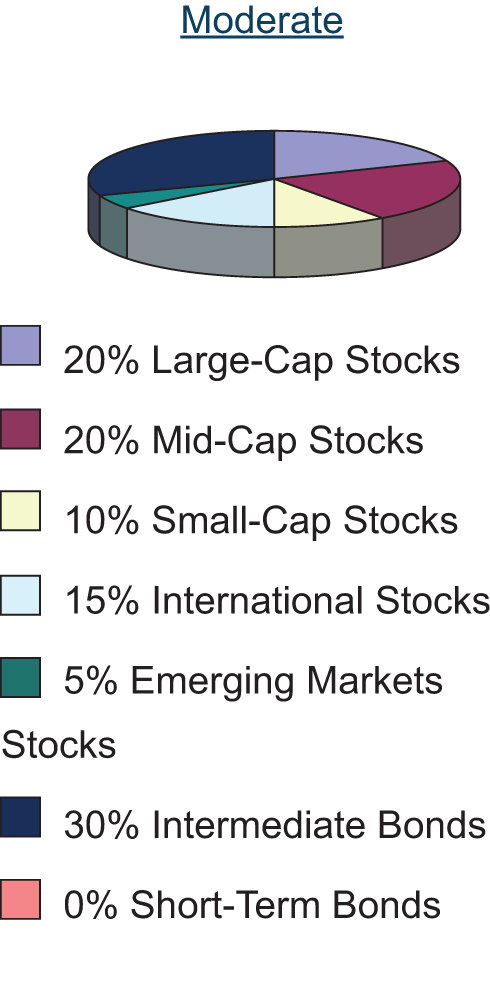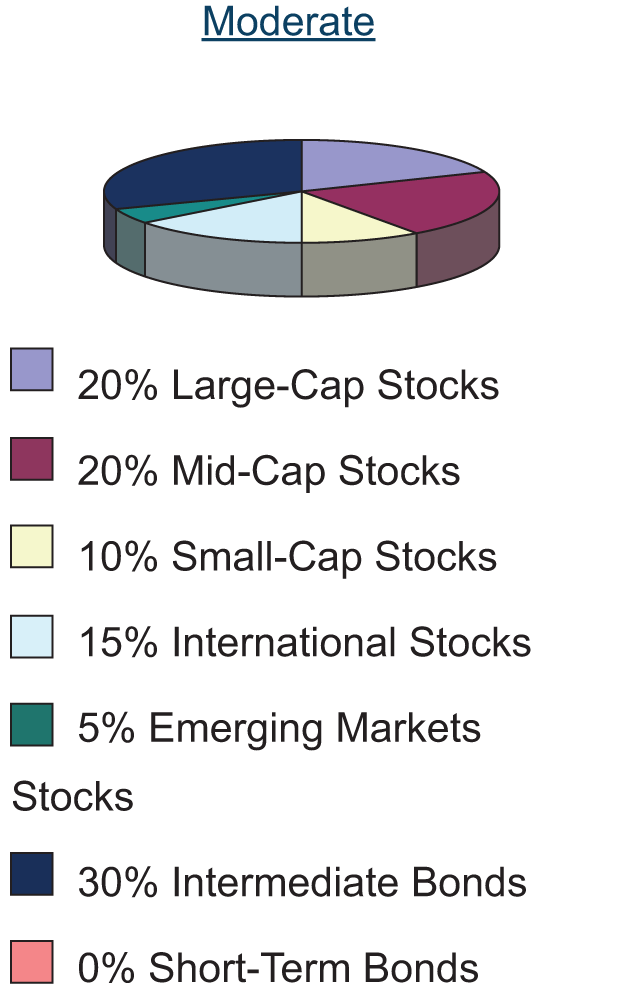Rebalancing Mutual Fund Portfolios
Post on: 16 Март, 2015 No Comment

Setting rules for rebalancing your mutual fund portfolio and adhering to those rules will ensure that you sell high and buy low in the process of maintaining the desired composition of your portfolio. You did a lot of hard work to determine the best asset allocation for your mutual fund portfolio, not rebalancing on a regular basis will result in that blend getting way out of whack, which will alter the risk-to-return characteristics of your portfolio.
Now that you’ve purchased your mutual funds and you have a working portfolio, all you need to do is monitor your portfolio’s performance relative to the goals you set, keep track of your individual funds to ensure they aren’t drifting off course and rebalance religiously.
For those of you who are really new to this, rebalancing is simply the act of selling shares of mutual funds that have grown in value significantly beyond the original weighting you assigned them and investing the proceeds in funds whose weightings have diminished from their original assignments. Now, it shouldn’t take you too long to figure out that the weightings change on a daily basis, so you need to establish some rules that will determine when rebalancing should be done.
You need to decide up front how often you will rebalance your portfolio. You should plan on doing it at least once a year and possibly quarterly. Also, you should set target ranges and rebalance any funds as soon as they blow through the upper or lower end of their ranges.
There are a number of ways to set your ranges: percent of individual fund value, percent of portfolio value, or variance of either in percentage points rather than percent. For example: You may decide you will rebalance an individual fund to its original weighting as soon as it increases or decreases in value by 10% if that occurs prior to your scheduled rebalancing. This is probably the most popular method and 10% or 15% are very popular trip points.
For example: Say your portfolio is initially worth $100,000 and you have decided that your real estate mutual fund should make up 15% of your portfolio, or $15,000, and that you will immediately rebalance any fund that changes in value by +/-10% or more. If your real estate fund had an initial NAV of $40 per share and the NAV increased to $44 before your scheduled rebalancing, your real estate position would then be worth $16,500 ($15,000 x 1.10) and you would need to sell $1500 worth of it and invest the $1500 in funds whose weights had decreased, although their weights may only have decreased on a relative basis due to the real estate fund’s value increasing.
An alternative rebalancing rule would be to rebalance when the value of a holding changed by a fraction of the total portfolio’s value, say 5%. This isn’t necessarily a bad rule, but it brings up the question of scale. In the portfolio above, the real estate fund would have to change by $5000, or 33% of its value, before you needed to take action under the 5% rule. On the other hand, if you had in the same portfolio a Wilshire 5000 index fund with an initial weight of 40%, it would only have to change in value by 12.5% to change the value of the portfolio 5%, or $5000. Some people use this logic but I don’t like it, as there’s a big difference between 12.5% and 33%. Following this rule, you’d have a tendency to let the small holdings move a dangerously long ways before rebalancing, which would result in taking on unnecessary risk and possibly losing out on good buying and selling opportunities.
Keeping an eye on your mutual funds to make sure there are no unwelcome changes isn’t something you would expect to be necessary, but it is. Funds can and do change with time. Some funds are not materially different today than they were 20 years ago and may even be better because the manager has had another 20 years of experience, but others have changed over the years and sometimes in a lot less time than 20 years.
Here are some of the changes a mutual fund can experience:

- The manager quits, retires, is fired or dies.
- The fund’s investing strategy changes. This could be a sudden deliberate change that is made known to investors or it could be a gradual transition, i.e. style drift, that will eventually have to be stated in the prospectus.
- The composition of the fund’s holdings changes. Although fund managers are allowed by the prospectuses a fair amount of discretion in determining the composition of their funds’ holdings, the composition of most funds is pretty consistent. However, a sudden change within the constraints laid out in the prospectus can be a big jolt to investors who had come to rely on a fund’s consistency. When changes in a fund’s composition go beyond the fund’s stated objectives, investors must be given advance warning.
- A fund may be acquired by another mutual fund company, a major brokerage or other financial services company. Subsequent to the acquisition, many things can change, not the least of which is the fee structure. One of the large brokerages is well known for acquiring excellent mutual funds, replacing the managers and generally trashing the funds. Presumably they acquire these funds to pick up new customers and they’re content with having the ones that don’t respond to the nosedive in performance by unloading their positions.
So make sure you read everything your mutual funds’ companies send you and keep an eye on their performance (returns and standard deviations) to see if there appear to be any discernible trends in either that aren’t reflected in their peers’ performance. And you can get even more detailed information on your mutual funds by checking their SEC filings at the SEC’s EDGAR site or at Edgar Online .
Finally, monitor your success at achieving your goals. If your portfolio is not living up to your expectations, you’ll need to determine what has not gone as planned and why. It’s possible that your goals may have been too ambitious or that you didn’t initially have a good feel for investing risk. It may be that projections made from historical data were way off target. As they say, past performance may not be a good indicator of future performance. It’s even possible that you defined too narrow a universe; don’t be shy, there’s a whole world out there. And, of course, something may have changed with one or more of your funds and those changes were not for the better.
Remember, you’re shooting at a moving target, so you need to stay on top of the inevitable transitions in your portfolio, and some of those transitions may arise from things beyond the influence of you or the managers of your mutual funds, such as a myriad of macro economic factors, including inflation, exchange rates, war, supply shocks, etc. etc. For instance, a change in interest rates will shift the efficient frontier of your universe up or down and probably cause its shape to change as well, as the constituents of your portfolio aren’t likely to respond in a like manner to the change in interest rates, thus the composition of the optimal risky portfolio and its position on the efficient frontier is apt to change.
Establish your rebalancing rules and follow them religiously, monitor and manage your portfolio with respect to your goals, and beware of changes. Use the knowledge you acquired from this site to follow this procedure and you should do well as an investor.














